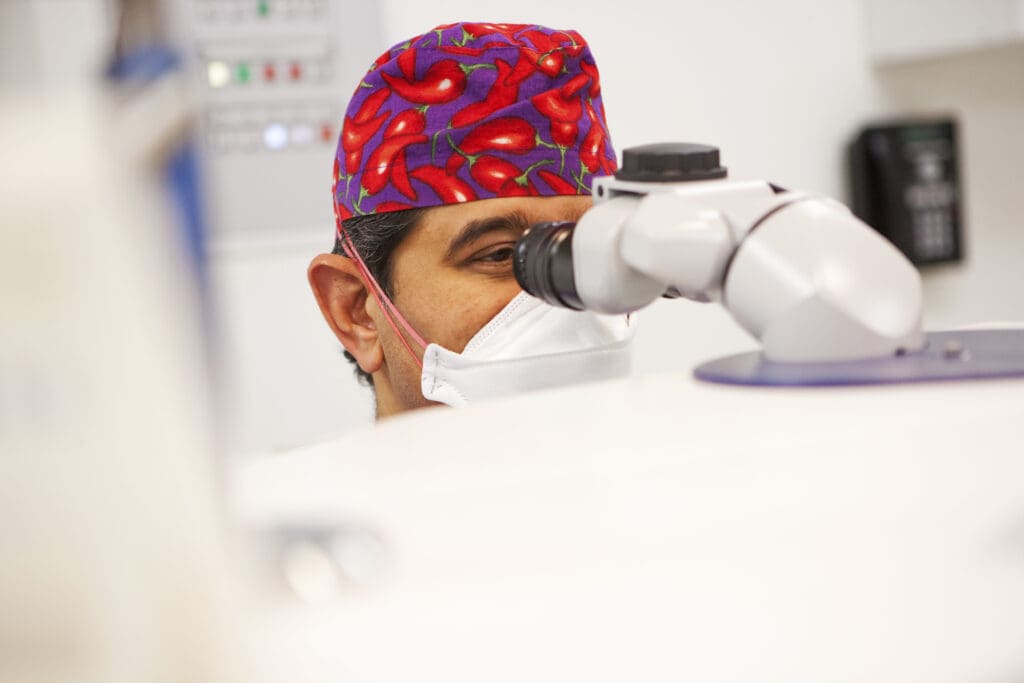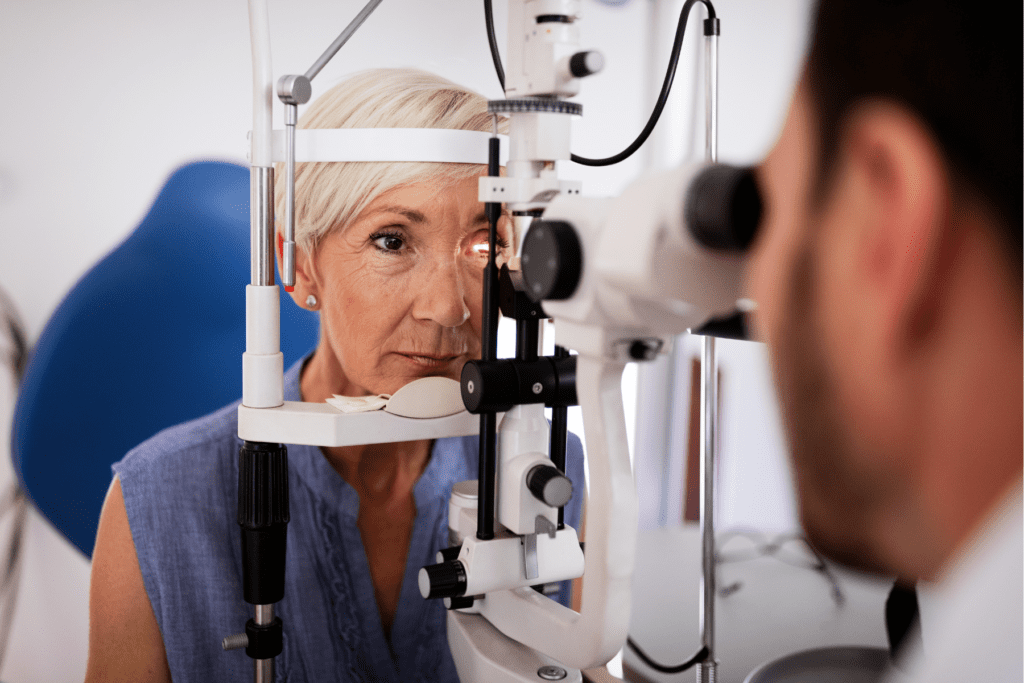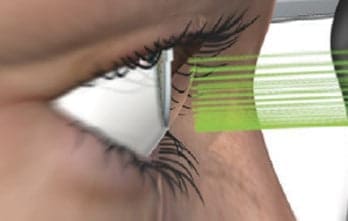Watch the video to see how Glaucoma can be treated in less than 3 seconds per eye with the D-SLT laser procedure. The patient can return to normal duties on the same day. Centre for Sight is one of the few clinics in the UK currently offering D-SLT as a first line of treatment for Glaucoma.







